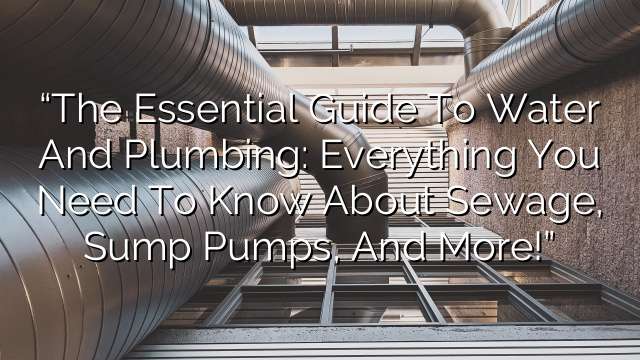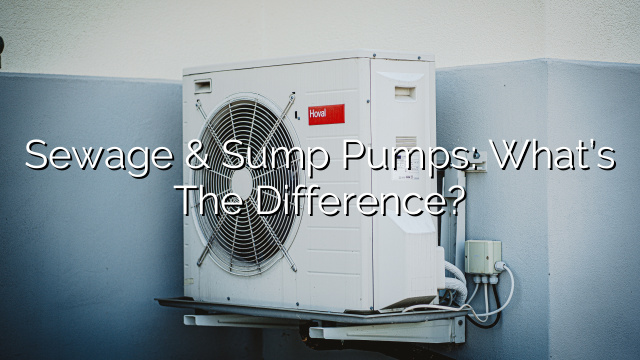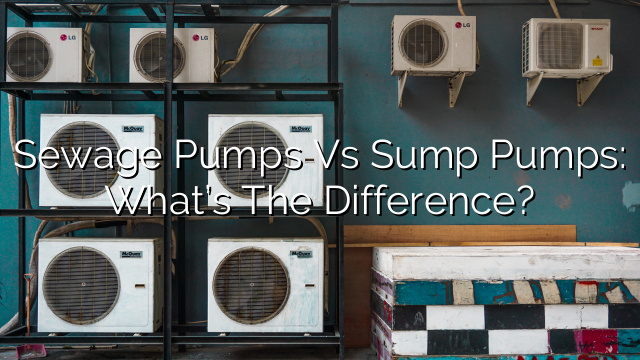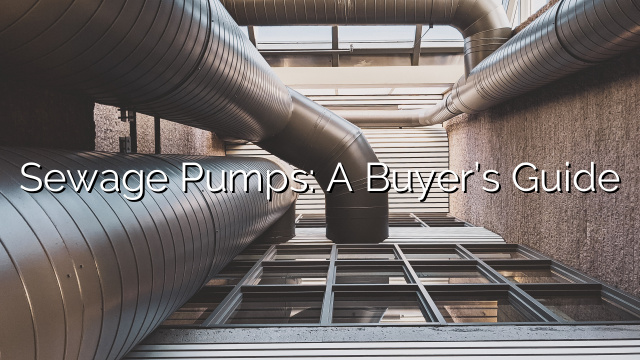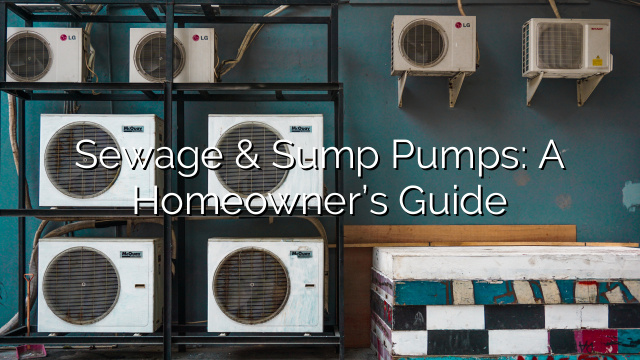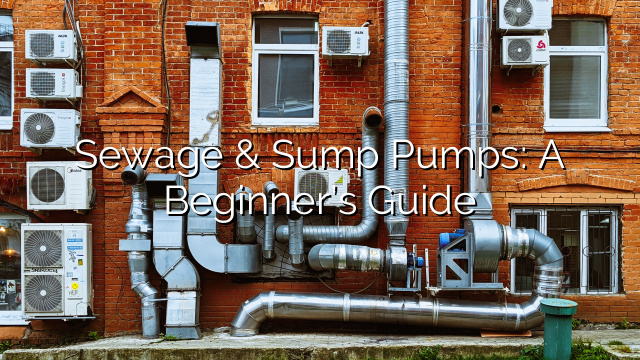Introduction
Water and plumbing are essential components of any building or structure. Whether it’s a residential home, a commercial building, or an industrial facility, proper water and plumbing systems are necessary for daily operations. In this guide, we will cover everything you need to know about sewage, sump pumps, and more. Whether you’re a homeowner looking to understand your plumbing system or a business owner responsible for maintaining a commercial building, this guide will provide you with the information you need to make informed decisions about your water and plumbing systems.
Understanding Sewage Systems
Sewage systems are responsible for removing wastewater and solid waste from a building or structure. A typical sewage system consists of drainage pipes, sewer lines, and a sewage treatment facility. Here are the key components of a sewage system:
- Drainage Pipes: Drainage pipes are responsible for carrying wastewater from sinks, toilets, showers, and other fixtures to the sewer lines.
- Sewer Lines: Sewer lines are underground pipes that transport wastewater from multiple buildings to a sewage treatment facility or a municipal sewer system.
- Sewage Treatment Facility: A sewage treatment facility is responsible for treating and disposing of wastewater before it is released back into the environment. The treatment process involves removing contaminants and harmful substances from the wastewater.
What Are Sump Pumps?
A sump pump is a device used to remove water that has accumulated in a sump basin. Sump pumps are typically installed in basements or crawl spaces to prevent water damage caused by flooding or excessive moisture. Here are some key points to know about sump pumps:
- How Sump Pumps Work: Sump pumps are typically activated by a float switch that detects rising water levels in the sump basin. When the water reaches a certain level, the sump pump is automatically turned on and begins pumping water out of the basin.
- Types of Sump Pumps: There are two main types of sump pumps: submersible sump pumps and pedestal sump pumps. Submersible sump pumps are designed to be placed directly in the sump basin, while pedestal sump pumps are mounted above the basin.
- Maintaining Your Sump Pump: Regular maintenance is essential to ensure the proper functioning of your sump pump. This includes cleaning the sump basin, checking the float switch, and testing the pump’s operation.
Common Plumbing Issues
Plumbing issues are common in both residential and commercial buildings. Here are some of the most common plumbing problems you may encounter:
- Leaky Pipes: Leaky pipes can lead to water damage and waste valuable water. It’s essential to address leaky pipes as soon as possible to prevent further damage.
- Clogged Drains: Clogged drains are a common issue that can be caused by a variety of factors, such as hair, food waste, or grease buildup. Regular drain cleaning can help prevent clogs.
- Low Water Pressure: Low water pressure can be caused by a variety of factors, including clogged pipes, faulty fixtures, or problems with the water supply.
- Running Toilets: A running toilet can waste a significant amount of water. Identifying and fixing the cause of a running toilet is essential to conserve water and prevent high water bills.
Choosing a Plumbing Professional
When it comes to water and plumbing systems, it’s crucial to work with a qualified and experienced professional. Here are some factors to consider when choosing a plumbing professional:
- Licensing and Certifications: Ensure that the plumbing professional you choose is licensed and certified to perform the necessary work.
- Experience: Look for a plumbing professional with a proven track record and years of experience in the industry.
- Reviews and References: Read online reviews and ask for references to get an idea of the professional’s reputation and the quality of their work.
- Price and Estimates: Get multiple estimates from different professionals and compare prices. However, keep in mind that the cheapest option may not always be the best quality.
Frequently Asked Questions
- How often should I have my sewer lines inspected?
- It is recommended to have your sewer lines inspected by a professional plumber every 1-2 years to identify and address any potential issues before they become major problems.
- What should I do if my sump pump fails during a storm?
- If your sump pump fails during a storm, it’s crucial to take immediate action to prevent flooding. You can manually remove water from the sump basin using a bucket or consider installing a backup sump pump for added protection.
- How can I prevent clogged drains?
- To prevent clogged drains, avoid disposing of food waste, grease, and other non-biodegradable materials down the drain. Use drain guards or strainers to catch debris, and regularly clean your drains with a mixture of baking soda and vinegar.
- Should I attempt to fix plumbing issues myself?
- While minor plumbing issues can be fixed by homeowners, it’s recommended to leave major plumbing repairs and installations to professionals. Attempting to fix complex plumbing problems without the necessary knowledge and experience can lead to further damage and costly repairs.
- How can I maintain good water pressure in my home?
- To maintain good water pressure in your home, ensure that your main water supply valve is fully open. Check for any leaks or restrictions in your pipes, and consider installing a water pressure regulator if needed.

